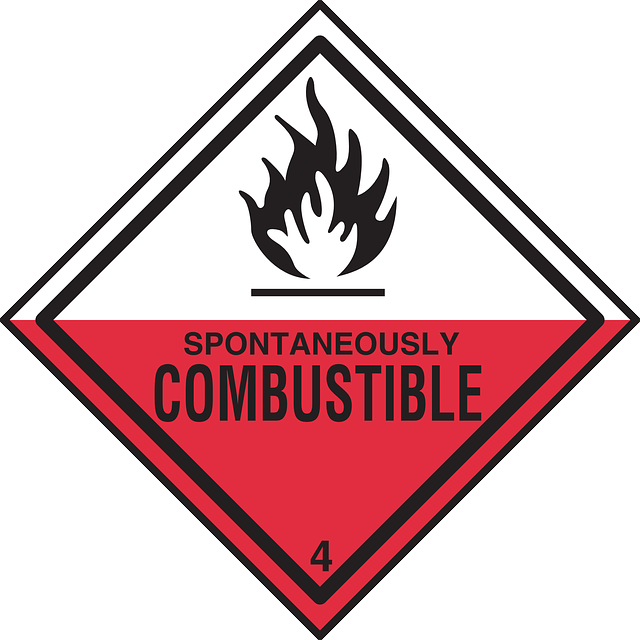
Hazards in the workplace would be oblivious to us if we didn’t have the appropriate labelling in place. Anything that goes unlabelled could be mistaken for something different or viewed as having no potential threat to our health and safety.
Labels play an essential role in the workplace. We can use them to learn and understand the hazards that are present within the working environment and provide vital information to anyone who is visiting the workplace. While they lack in-depth advice and information surrounding the hazard in question, they are designed to be easily interpreted by those present in the workplace on a regular basis.
Many working environments have numerous hazard signs and warning s present that you may well already know about, such as industrial premise and science laboratories. These symbols can be used to interpret whether or not a chemical you are using is explosive, flammable, oxidising, toxic, corrosive or dangerous to the environment. Many of these symbols are present on hazards signs, while others provide information related to the product itself that can be very useful to those working with them.
signs and warning s present that you may well already know about, such as industrial premise and science laboratories. These symbols can be used to interpret whether or not a chemical you are using is explosive, flammable, oxidising, toxic, corrosive or dangerous to the environment. Many of these symbols are present on hazards signs, while others provide information related to the product itself that can be very useful to those working with them.
With the help of information provided by modern chemical labelling, employers can undertake risk assessments under the Control of Substances Hazardous to Health Regulations 2002 and easily identify any dangerous chemicals. It’s important that those in managerial positions use this information to ensure that these chemicals are used appropriately for safety reasons.
There are a number of common labelling methods besides symbols that are adopted all over the world as a means of providing employers and visitors with essential health and safety information related to chemicals and other potential hazards:

Numerical Systems and Colour-Coding
If the necessary training has been provided, employees can use colour coding and numbers to take on board information related to hazards in the workplace. It’s essential that employees are given a detailed introduction to these methods beforehand.
Customised Labelling Systems
You don’t always have to use standard labelling techniques to get health and safety messages across to your employees. There are many workplaces that use their own imagination to help get information across to employees and visitors alike. There is a flexibility to the workplace labelling system that means you can put information across and still be as creative s you want, perhaps taking the theme of your workplace into account.
Text Systems
If you are looking to address workers that are literate in one common language, this is an appropriate way of labelling health and safety in the workplace. However, it is not the best option if your employees speak many different languages or at least cannot all relate to one common language. You also have to consider whether any of your employees will have difficulty reading the provided health and safety information. If you do decide to use text as a method of getting health and safety information across, you will need to write it yourself.
If you ever find yourself questioning safety precautions, it’s vital that you let your employer know as soon as possible. If you have any other concerns related to health and safety in the workplace, it may be a good idea to bring these up with a health and safety representative.
Article provided by Mike James, an independent content writer in the technology industry – working together with international label manufacturer Southern United, who were consulted over the information in this post.

Leave a Reply